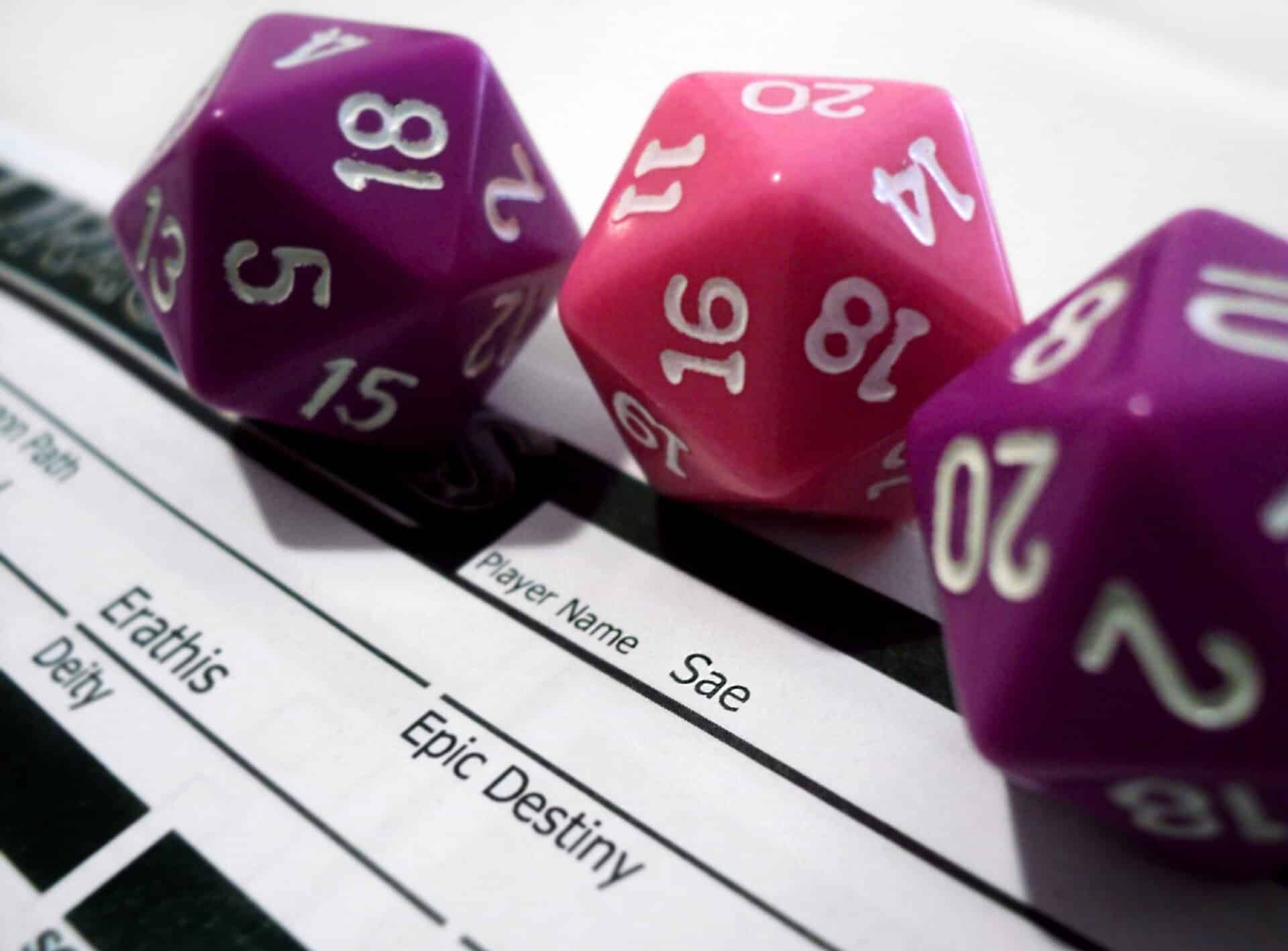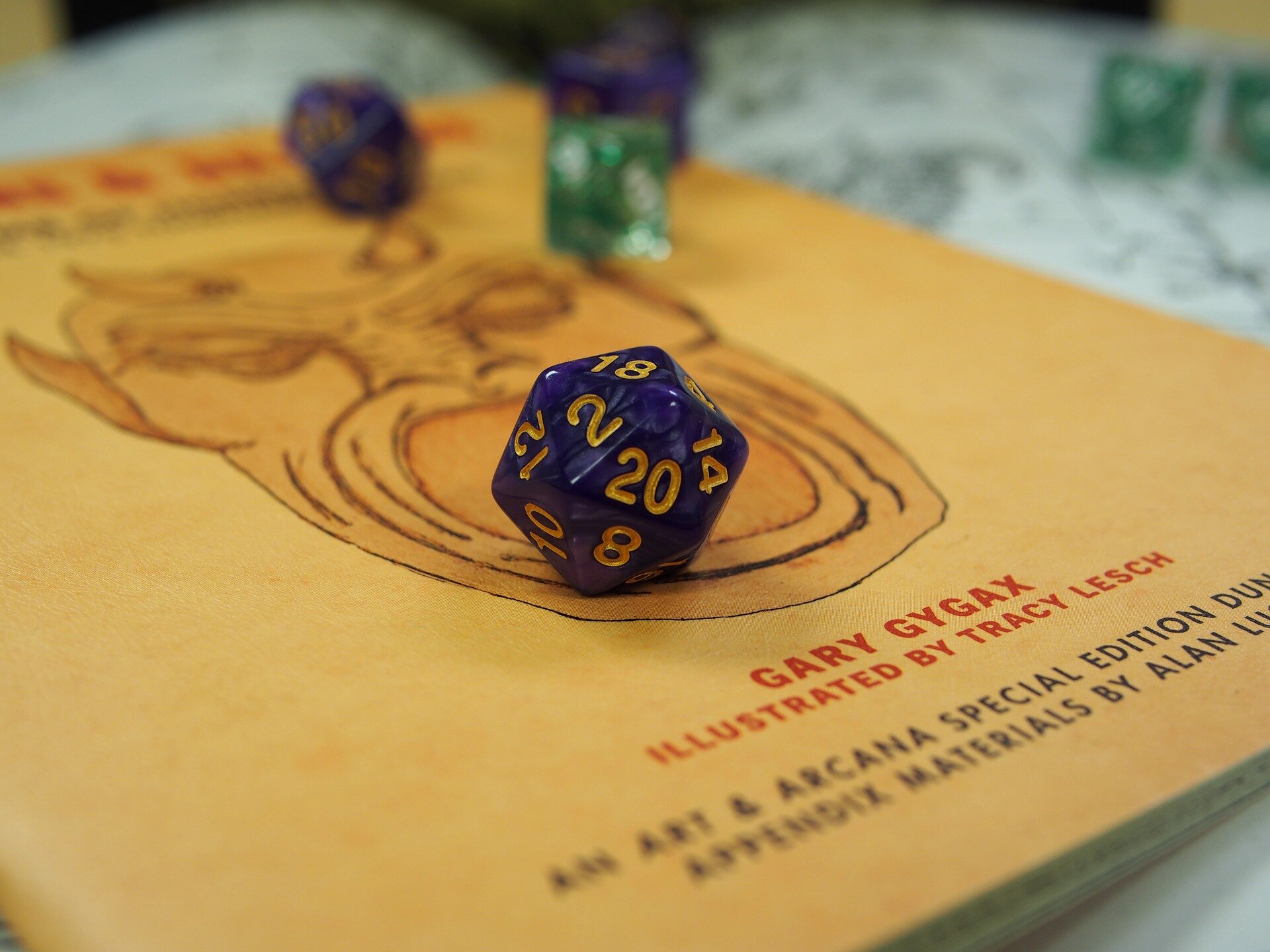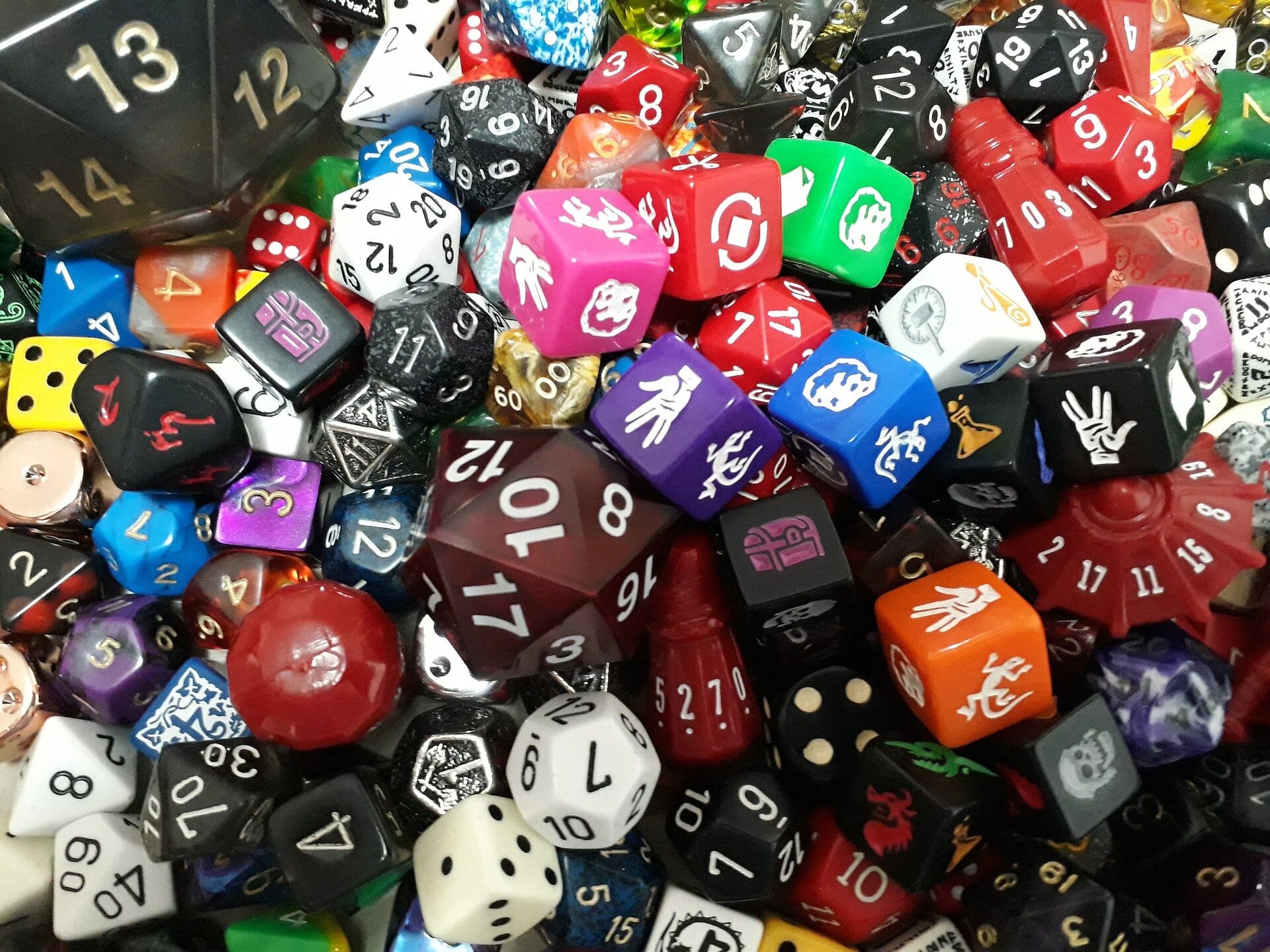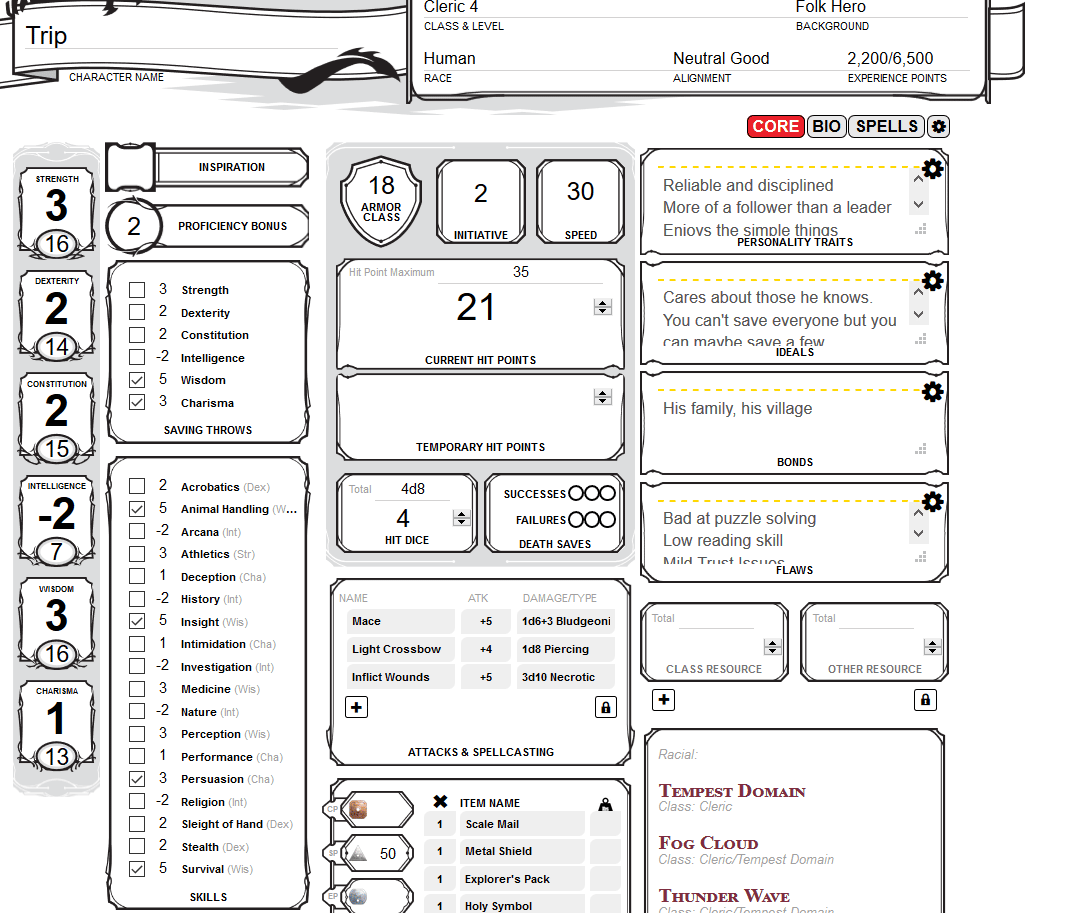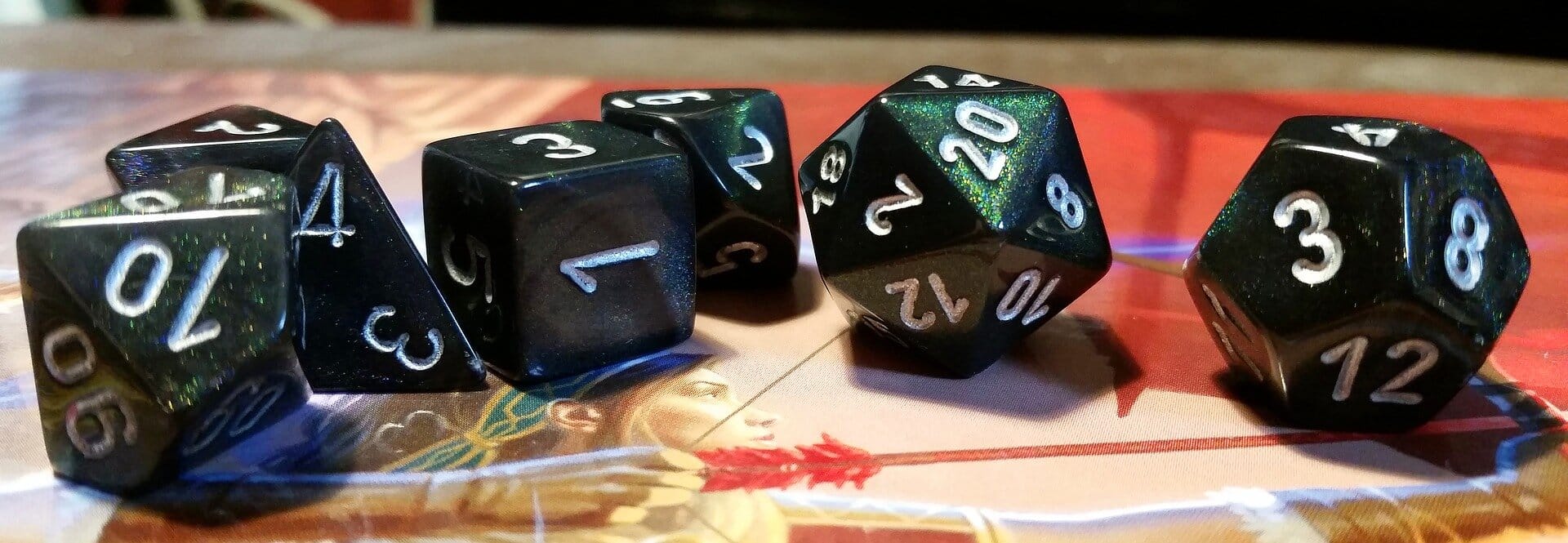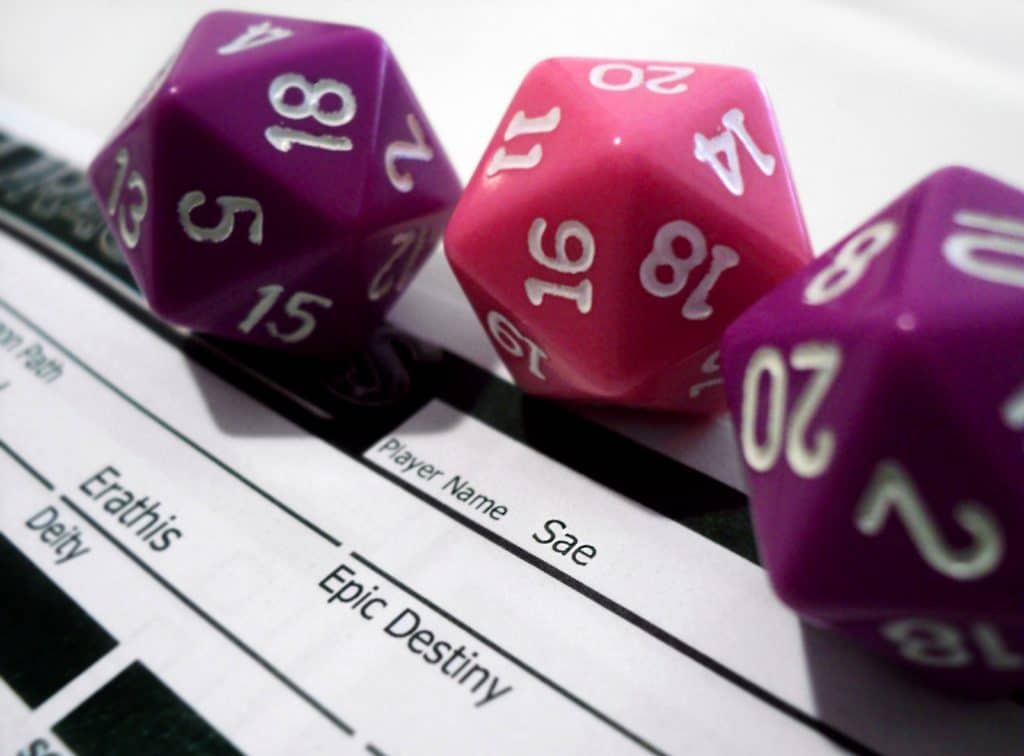
The beginners guide to tabletop roleplaying
Joshua Boulet, Features and Entertainment Editor
Photo courtesy of Pixabay.com
Tabletop role playing games have greatly increased in popularity. These games were well liked by a few but unknown by the general public. A few mainstream appearances and one extremely popular Kickstarter campaign later, tabletop role playing games have swept the nation.
Increases in free material along with much more accessible gameplay systems mean that even those who play few tabletop games can start playing without much confusion.
What is a tabletop RPG?
Photo courtesy of Pixabay.com
Tabletop RPGs (TTRPG) are a close neighbor of board games. The pitch is the freedom to create effectively any type of character someone could ever want. Then these created characters can go on all sorts of different adventures. Some adventures are mundane and talkative, others are mostly comprised of combat. Players can make their own custom stories or use pre-created ones for convenience.
The key element of a TTRPG is the freedom to choose. That is the appeal that keeps bringing more people into the game years later.
How does the game work?
Photo courtesy of Pixabay.com
To make this freedom work, there are different TTPRGs that have different rules and systems to allow the players to make a game out of the story.
One person plays as the game master. The game master (GM) has to guide the party along the adventure and play as the villains and non-player-characters of the story. GMs are effectively storytellers, just with more technical knowledge needed. All of the other players will play as party members, who create their own totally customizable characters.
Playing as a party member
Most groups will have at least three but no more than 5 party members. The party member is the easier part to play, since players do not need as much technical information about how the game actually works. Even a brand-new player would be able to figure out how the game works after playing a single session.
Playing as a game master
Photo courtesy of pixabay.com
Just one player plays as a game master or GM. This person is responsible for setting up the story and guiding the party through the game to enhance the experience. Playing as a GM is more difficult due to the increased responsibility along with knowledge required but learning how to GM well can be uniquely rewarding.
Zach Hoffmeister, a business major at NGU and experienced GM, explains how GMs need to keep their priorities in check.
“Players want the freedom to do cool things that they couldn’t do in real life. When a player presents an idea they’re excited about, take it seriously. On the other hand, it’s the GMs job to ensure everyone has it fair,” he said.
Some GMs decide to play with pre-made campaigns. These campaigns cost a bit extra, but they can be incredibly helpful. So instead, many opt to create their own stories and flex their creative muscles.
How to start playing
For those lacking experience playing TTRPGs, the best choice to start out is Dungeons and Dragons Fifth Edition or DND5e. Other systems exist, but most are complicated and difficult to learn.
There are a few important things to have before committing to buying material. TTRPGs need players, so having a party along with a GM is important.
Players may only play for a few hours each week, but GMs need to make sure they are ready for the time investment. A GM has to learn the rules of the game, along with set up all the sessions that the players play.
Making these systems is not free and neither are the books used. However, many resources are available online to use for free. It may be a bit more inconvenient to look up resources online, but the alternative is buying a few source books that easily add up to around 90$. If that price tag seems like a solid investment, materials and more information can be found here.
